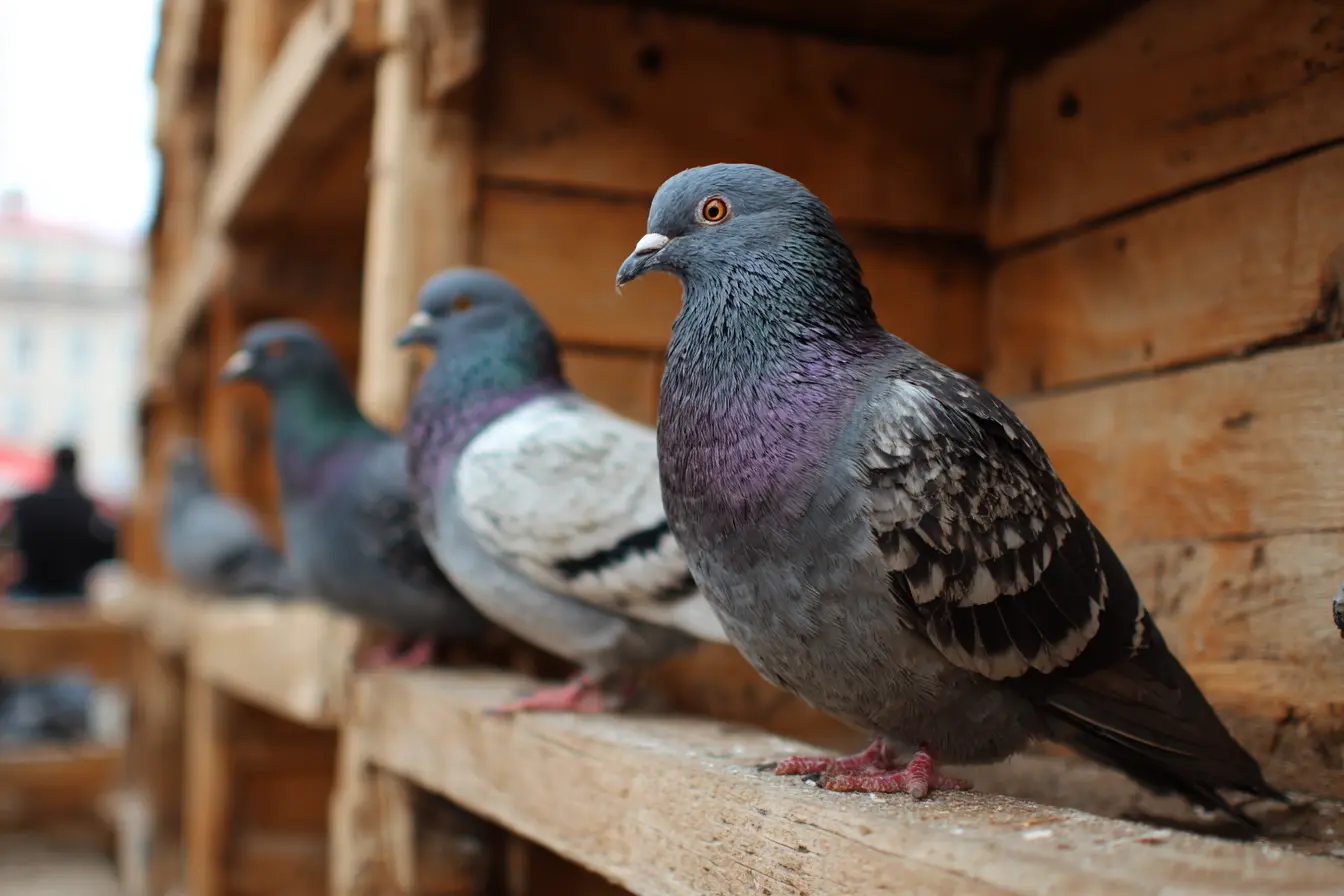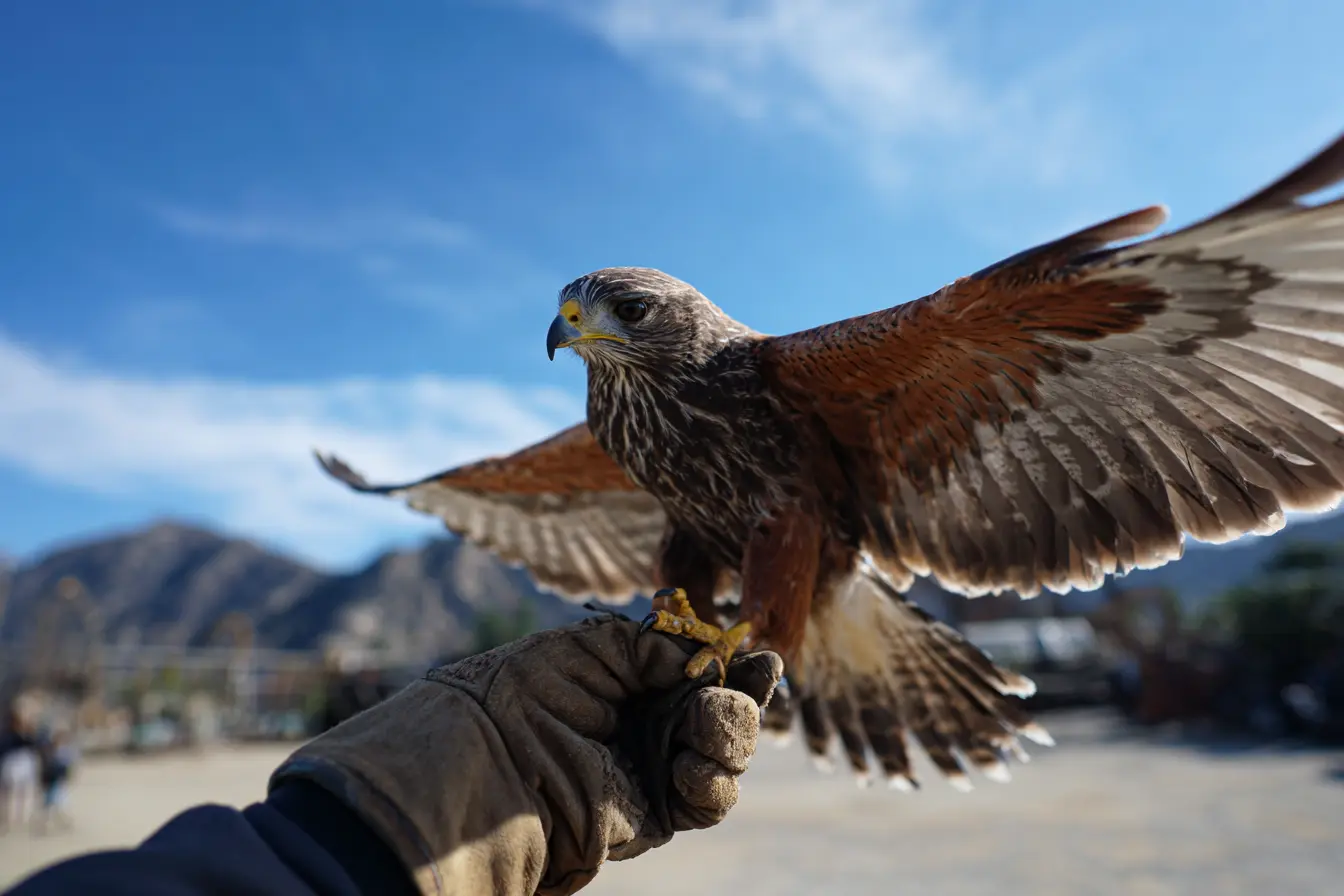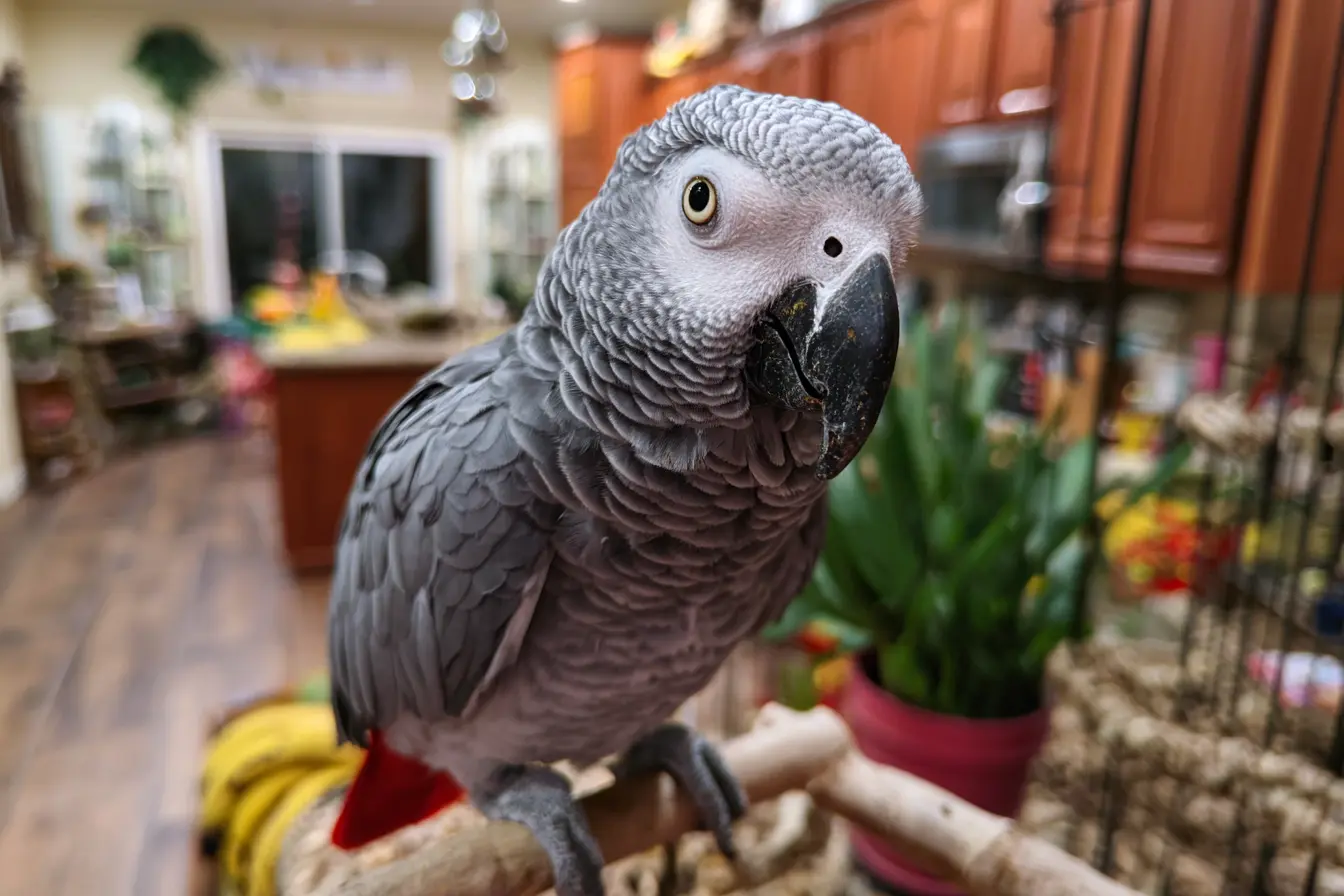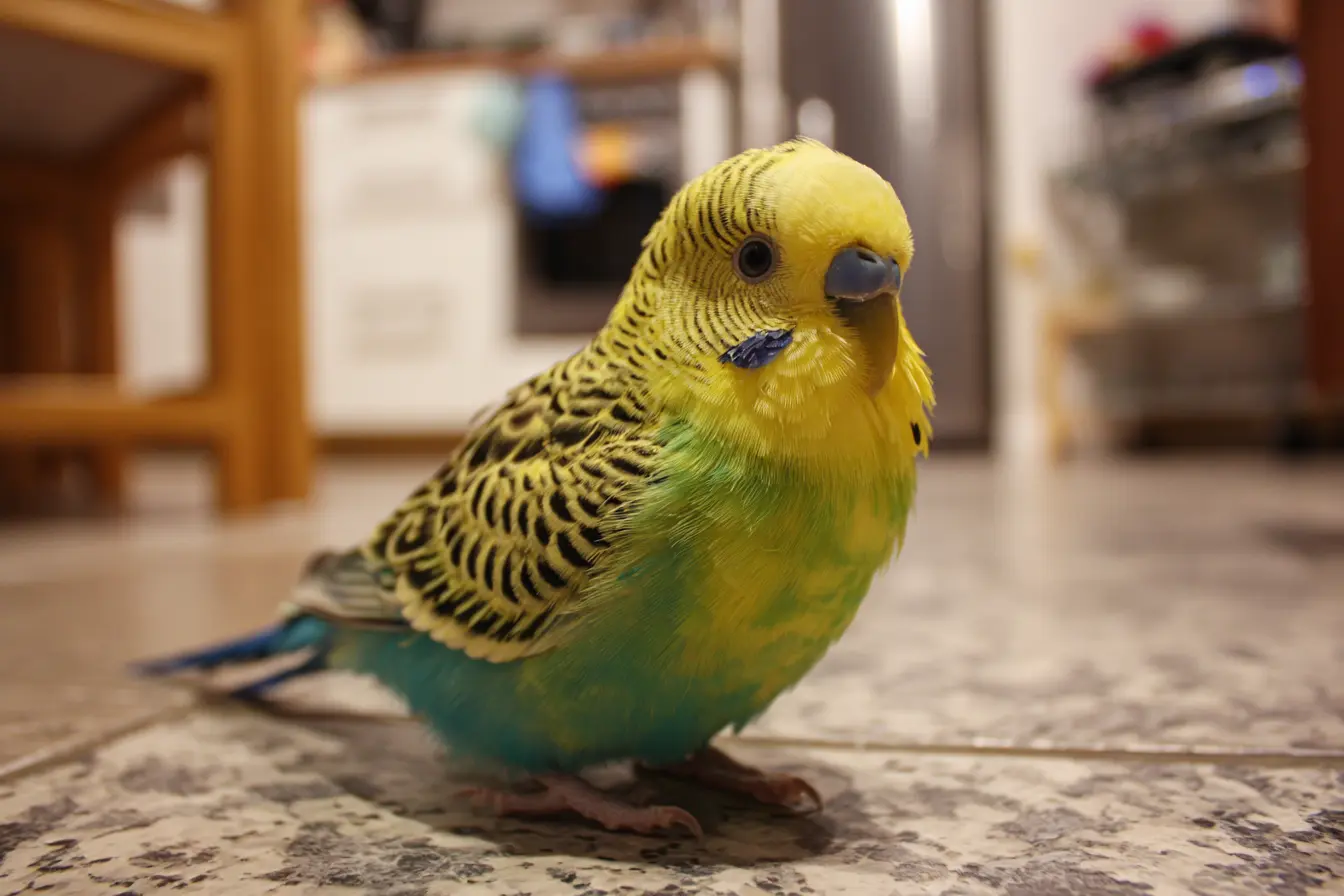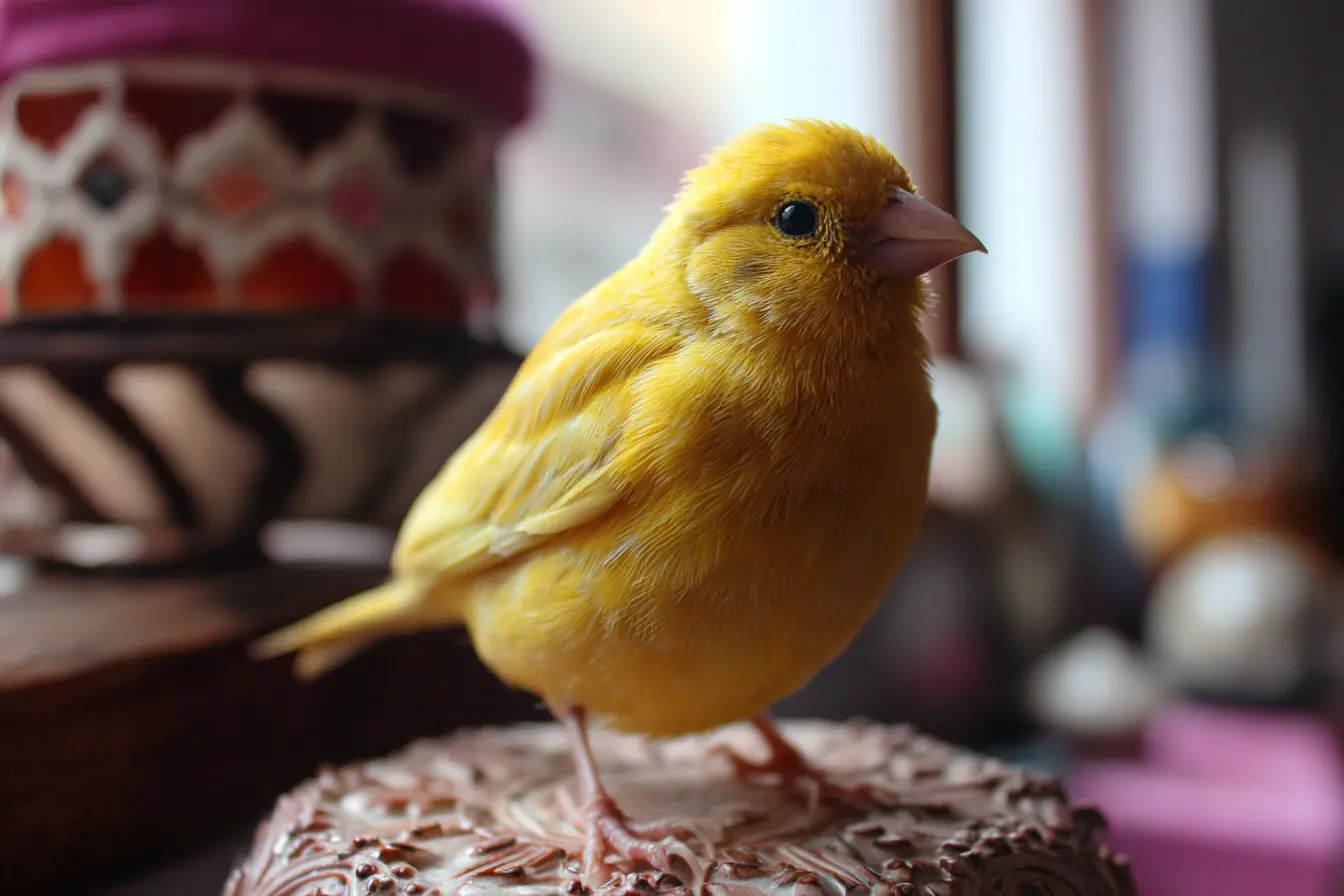
Red Mites in Pet Birds: Identification, Treatment, and Prevention
Red mites are a common and troublesome external parasite that affect pet birds, particularly those kept in outdoor aviaries or coops, such as canaries, finches, budgerigars, and chickens. These tiny blood-sucking pests are not only irritating but can also cause severe health issues if left unchecked, including anaemia, decreased egg production, stress, and in extreme cases, death.
Understanding how to identify, treat, and prevent red mite infestations is crucial for any bird keeper looking to maintain a healthy and parasite-free environment.
What Are Red Mites?
Red mites (Dermanyssus gallinae), also known as poultry mites or chicken mites, are nocturnal ectoparasites that feed on the blood of birds while they sleep. They are small (approximately 0.5 mm), greyish-white when unfed and bright red after feeding. Red mites do not live permanently on the bird but hide in cracks and crevices in the bird’s environment during the day.
Red mites can reproduce rapidly, with eggs hatching into adults in just 7–10 days under warm conditions, making infestations escalate quickly.
How Do Red Mites Affect Birds?
Red mites cause discomfort and health problems for birds, especially when infestations are severe. The main effects include:
- Restlessness at night due to itching and irritation
- Feather plucking or self-mutilation
- Pale combs, wattles, or skin (a sign of blood loss)
- Weight loss and lethargy
- Reduced egg laying or poor egg quality in breeding birds
- Anaemia, particularly in chicks and smaller species
- Secondary infections due to skin damage
- Death, in extreme and untreated cases
In addition to affecting birds, red mites may bite humans, causing skin irritation and itching, though they cannot reproduce on human hosts.
Identifying a Red Mite Infestation
Red mites are elusive and may go unnoticed in the early stages. Signs to watch for include:
- Birds reluctant to go into the coop or sleeping area
- Nocturnal restlessness or frequent scratching
- Visible mites or blood spots on perches, nesting material, or eggs
- Grey dust or mite debris in cage corners and cracks
- Checking at night with a torch may reveal mites crawling on perches and birds
To confirm an infestation:
- Inspect the coop or cage at night, especially around perch ends, nest boxes, and cracks.
- Use a white cloth or tissue to wipe suspected areas—if it smears red, it indicates crushed blood-fed mites.
- Commercial mite traps or sticky boards can help monitor populations.
Treating Red Mite Infestations
Effective treatment of red mites involves addressing both the birds and their environment.
1. Clean and Disinfect the Cage or Aviary
- Remove all bedding, toys, and accessories.
- Scrub every surface with hot water and an avian-safe disinfectant.
- Pay attention to crevices, perch joints, and nesting boxes where mites hide.
- Use a steam cleaner if available to kill mites and eggs with heat.
2. Apply Mite Treatments
- Environmental sprays or powders (containing permethrin or natural alternatives like diatomaceous earth) can be used in the cage.
- Mite-specific products such as ivermectin spot-on treatments may be prescribed by a vet for individual birds.
- Insect growth regulators (IGRs) help prevent mites from reproducing.
- Repeat treatment every 7–10 days for several weeks to break the life cycle.
3. Treat All Affected Birds
- Birds should be treated simultaneously to prevent reinfestation.
- In severe cases, oral or injectable ivermectin may be necessary under veterinary supervision.
- Keep birds in a temporary clean environment while their main cage or coop is thoroughly treated.
Preventing Red Mite Infestations
Once you’ve eradicated red mites, preventing future infestations is essential.
Maintain Good Hygiene
- Clean cages or coops weekly, removing droppings, old food, and soiled bedding.
- Disinfect perches, toys, and accessories regularly.
- Use removable perches to make cleaning easier.
Seal and Repair
- Fill in cracks, holes, and joints where mites can hide.
- Replace damaged wood or furnishings that can’t be fully cleaned.
- Apply mite-repelling varnishes or mite barriers in wooden coops or aviaries.
Use Preventative Products
- Sprinkle diatomaceous earth in crevices and around perches.
- Consider regular use of herbal mite deterrents in the environment.
- Use mite-resistant perch covers or materials.
Quarantine New Birds
- Isolate new birds for at least 2–4 weeks before introducing them to the flock.
- Monitor them for signs of mites or other parasites during the quarantine period.
Monitor Regularly
- Conduct routine inspections of your birds and their housing, especially in warm weather when mite populations grow rapidly.
- Use mite traps or sticky strips as early warning systems.
When to See a Vet
Seek veterinary advice if:
- Your bird shows signs of anaemia (pale skin, weakness, rapid breathing)
- Mite infestations persist despite treatment
- Your bird has open wounds or secondary infections
- Chicks or small birds are affected, as they can deteriorate rapidly
Final Thoughts
Red mites are more than a nuisance—they pose a genuine threat to your bird’s health and quality of life. With their fast reproductive cycle and nocturnal habits, red mites can be difficult to detect and even harder to eliminate once established.
Regular cleaning, vigilant monitoring, and immediate action at the first sign of infestation are key to keeping your pet bird safe and comfortable. If in doubt, consult an avian vet for guidance on appropriate treatments and long-term prevention strategies.
Vets near you
Speciality vets
- Aquatics vet specialists
- Birds vet specialists
- Camelids vet specialists
- Cats vet specialists
- Cattle vet specialists
- Deer vet specialists
- Dogs vet specialists
- Equines vet specialists
- Exotic vet specialists
- Goats vet specialists
- Pigs vet specialists
- Poultry vet specialists
- Sheep vet specialists
- Small Mammals vet specialists
- Wild vet specialists
